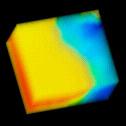
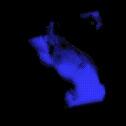

This paper explores two general methods for incorporating volumetric uncertainty information in direct volume rendering. The goal is to produce volume rendered images that depict regions of high (or low) uncertainty in the data. The first method involves incorporating the uncertainty information directly into the volume rendering equation. The second method involves post-processing information of volume rendered images to composite uncertainty information. We present some initial findings on what mappings provide qualitatively satisfactory results and what mappings do not. Results are considered satisfactory if the user can identify regions of high or low uncertainty in the rendered image. We also discuss the advantages and disadvantages of both approaches.
Uncertainty Thresholding
 |
 |
 |
| mean salinity | uncertainty > 0.2 | uncertainty > 0.5 |
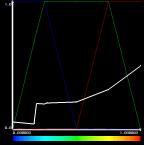 |
 |
 |
| transfer function (lower contrast) | mean salinity | mean temperature |
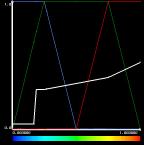 |
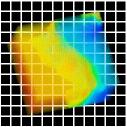 |
 |
| transfer function (higher contrast) | mean salinity | mean temperature |
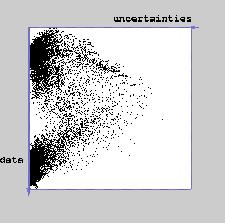 |
| histogram of mean salinity data |
 |
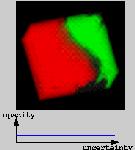 |
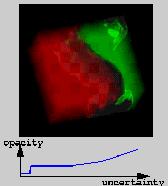 |
| 2D transfer function for salinity | constant opacity | increasing opacity |
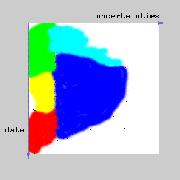 |
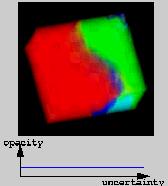 |
 |
| 2D transfer function for salninity | constant opacity | increasing opacity |